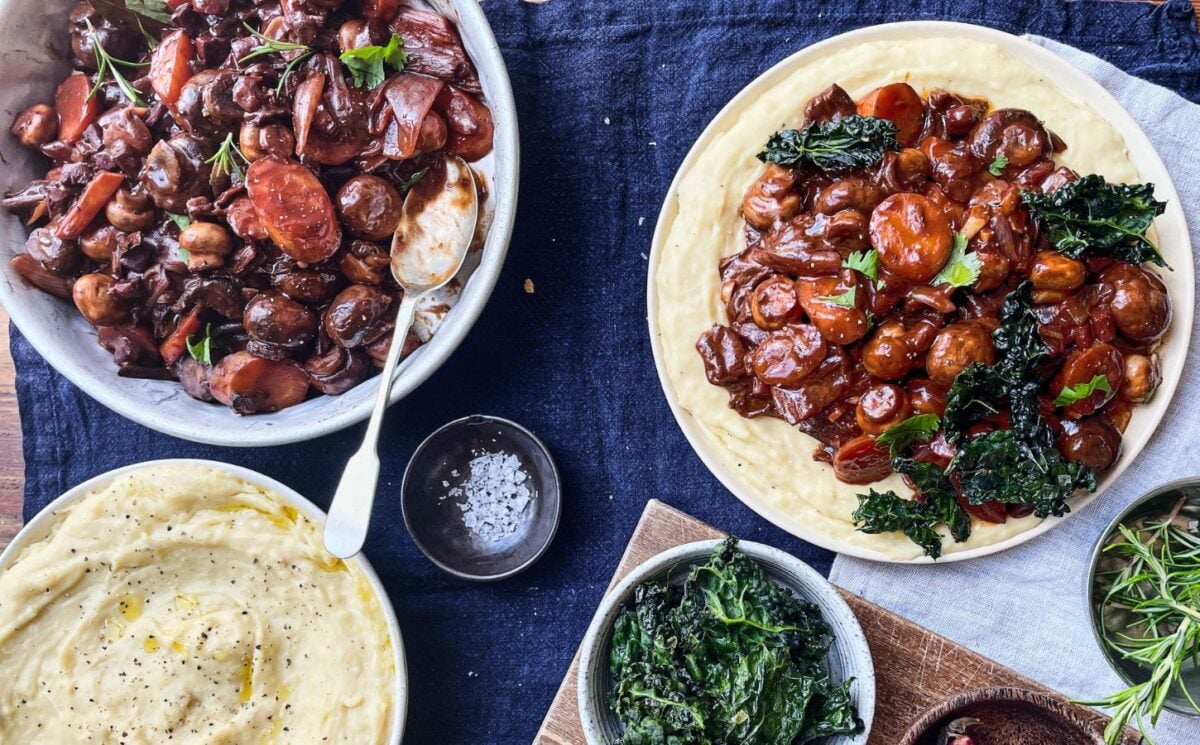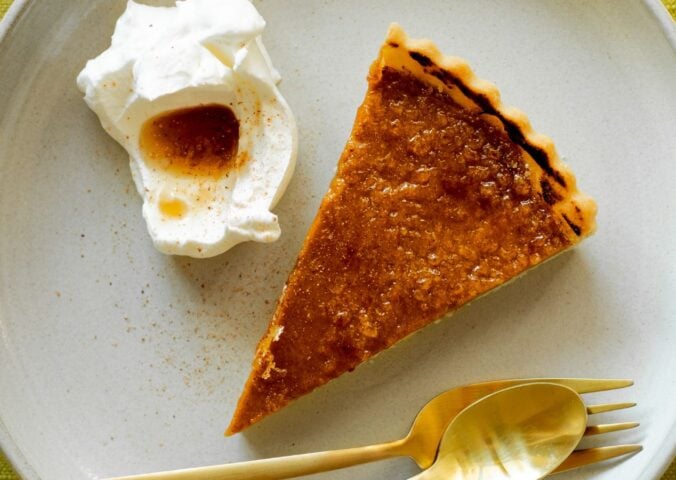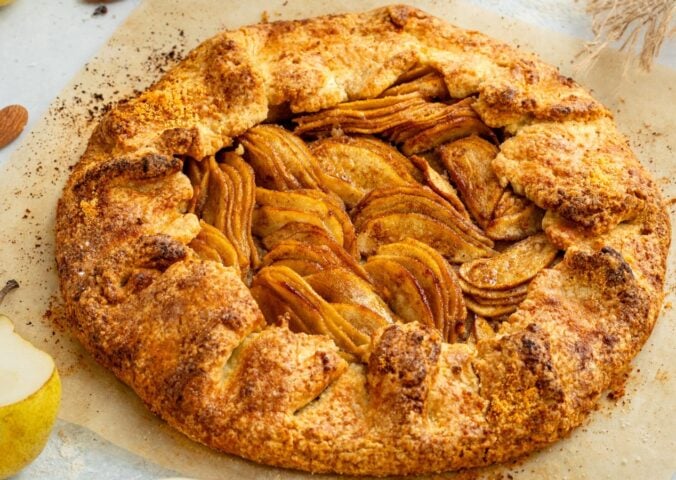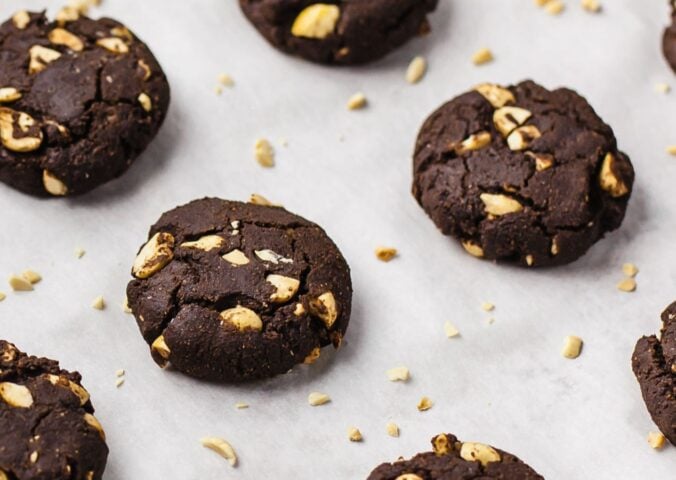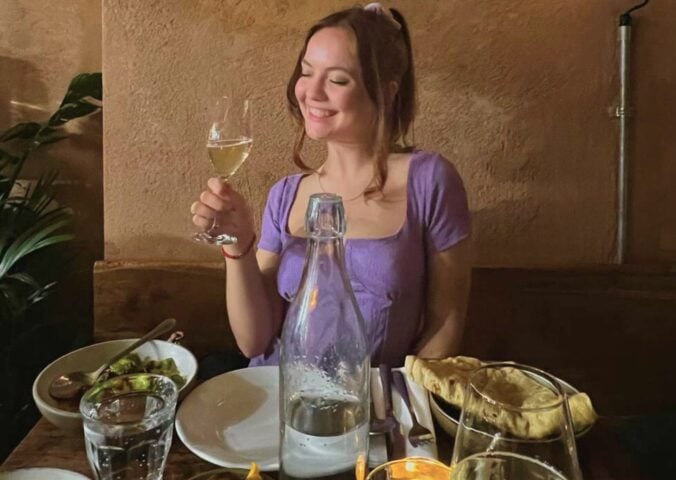Iron is an essential mineral for almost all living organisms. It supports a range of integral metabolic processes in the human body, including blood oxygenation and the conversion of blood sugar into usable energy. Iron also helps to support the immune system, aids cognitive function, nourishes the skin, and can help improve sleep quality. Many meat-free eaters are concerned about iron intake, so we’ve compiled a list of vegan iron recipes to add to your dinner rotation.
Lisa Marley, a trained nutrition coach, plant-based chef, and sustainable food advocate, tells Plant Based News that iron is important “for growth and development.”
“Our body uses iron to make hemoglobin, a protein in red blood cells that carries oxygen to all parts of the body,” explains Marley. “Iron can also affect our energy levels, mood, memory, and sleep as well as other important factors.”
While many people may associate iron-rich diets with animal products such as red meat, iron can also be found in a wide variety of plant-based foods and ingredients. (But selecting your sources of iron – and choosing what to pair them with – can affect how much you absorb.)
With all of that in mind, we’ve selected 17 of the best nutritious vegan recipes to help boost your iron consumption and help inspire you in the kitchen over the coming year.
Please note, this is intended as a guide only. If you are worried about your iron intake or have questions about absorption, always contact a health professional.
Why is iron important?
The recommended iron intake range is approximately 8.7 mg per day for men and 14.8 mg per day for women or people who menstruate. This amount goes up to around 30 mg for people who are pregnant.
There are two types of iron that humans can ingest via food: heme iron (derived from animals) and non-heme iron (derived from plants). Animal-derived iron is much easier for the human body to absorb, with around 25 percent of consumed heme iron absorbed into the body compared to just 17 percent or less of non-heme iron.
This may explain why some studies have reported lower intake and status amongst people eating a solely plant-based diet – despite vegans’ overall higher intake of nutrients like PUFA, ALA, fiber, folate, magnesium, and vitamins B1, B6, and C. It’s also worth noting most of Western populations’ iron consumption comes from non-heme foods.
An inability to metabolize iron makes up some of the most common human diseases, making improved education and nutrition particularly important. Overall, around 10 million people are iron deficient in the US, and bolstering diets with iron-rich foods could make a big difference.
(For both meat eaters and vegans alike, one study suggests further “consumer education, food fortification and possibly supplementation” is urgently required moving forward.)
It’s also important to clarify that despite differences between heme and non-heme iron absorption, there is no reason that a well-planned vegan diet can’t meet all of your nutritional needs, though nutrition experts like Marley emphasize the need for balance.
Plant-based sources of iron
There are several excellent plant-based sources of iron, including some obvious – and some not-so-obvious – ingredients. Marley suggests lentils and other pulses, tofu, tempeh, spinach, Swiss chard, and beans.
“Blackstrap molasses is the best source of nonheme iron. It also contains calcium and magnesium,” explains Marley. The ideal intake of blackstrap molasses is approximately 20 grams (around one tablespoon) per day, in porridge, baking, and even with a cup of tea.
“If you are vegan, you aren’t in danger of having low iron if you have a balanced diet,” says Marley. “You can find non-heme iron in dried beans and legumes, dark green leafy vegetables, dried fruits, nuts and seeds, and wholegrain cereals and breads.”
Marley also highlights some other star ingredients in the form of porcini mushrooms (approximately 2.6mg of iron per 100g), and quinoa (2.8mg per 185g). Green vegetables such as kale, dried fruit like raisins and apricots, and fortified cereals are also good sources.
“To maximize your iron absorption, adding vitamin C can help,” adds Marley. “This would include eating citrus fruits, bell peppers, strawberries, and broccoli, for example.”
17 iron-rich vegan recipes
The following vegan recipes include many of the iron-rich ingredients listed above, including lentils, beans, tofu, porcini mushrooms, and tempeh, and each can be easily paired with foods that aid absorption like tomatoes, peppers, and broccoli. Enjoy.
Apple and coconut dhal
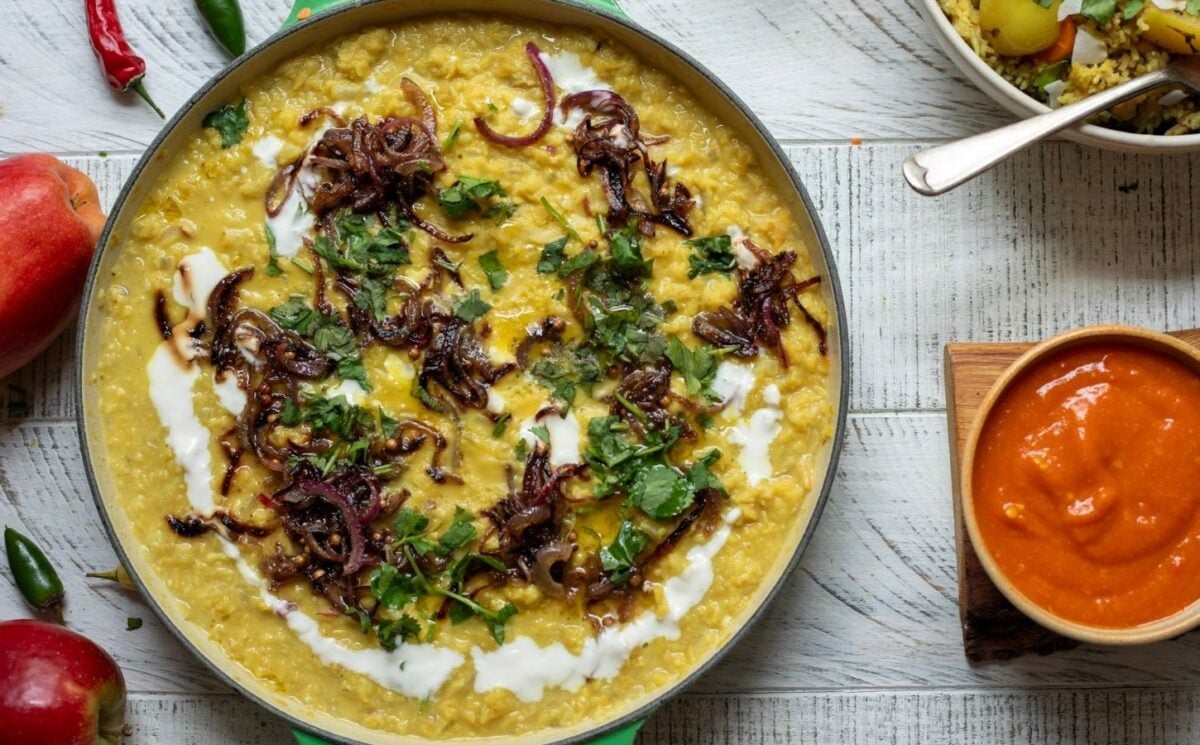
This dhal – also spelled ‘dal’, ‘dhal’, and ‘daal’ – puts a sweet and creamy twist on the lentil-based dish with the addition of apples and coconut milk. Jazz Apple uses red lentils, which contain around 3.3mg of iron per 100g. Apple also adds vitamin C to aid absorption, and – perhaps surprisingly – tinned coconut milk adds even more vitamin C and iron.
Find the recipe here.
Red lentil tofu
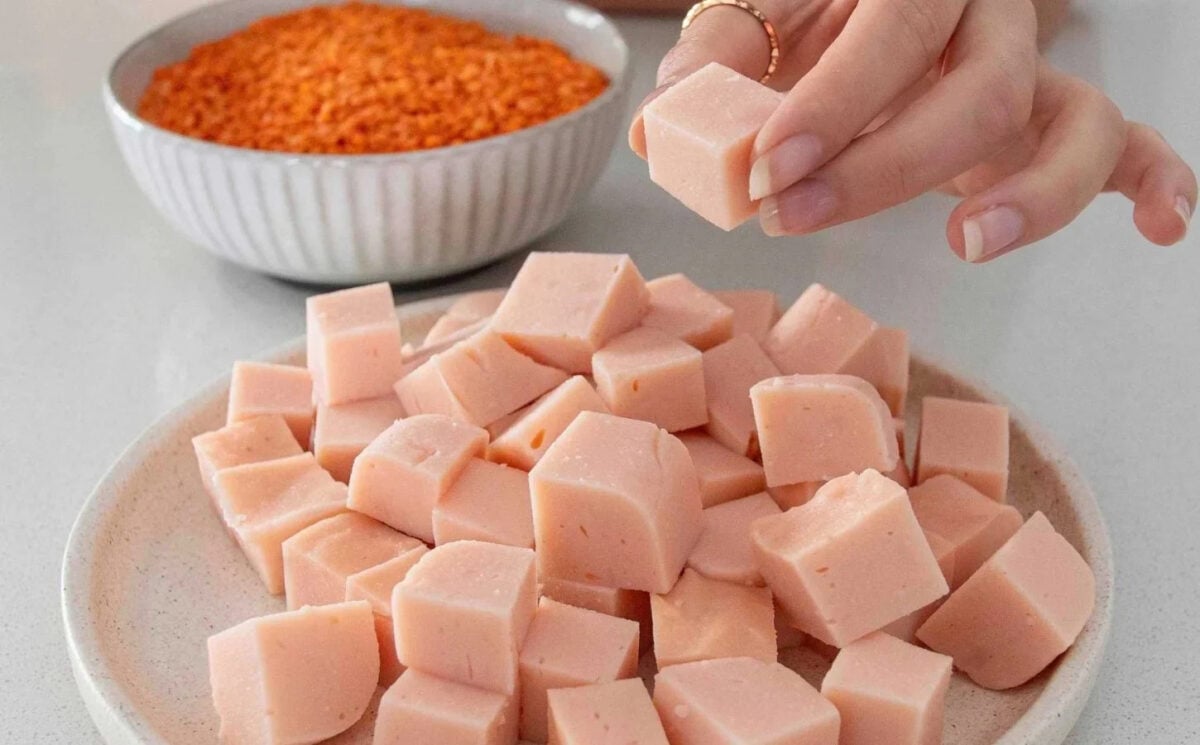
This recipe from Plantbaes makes for a neat, iron-rich, soy-free substitution if you’re avoiding soy products like traditional tofu. This recipe also uses red lentils, which are notably high in iron and give the ‘tofu’ a delightful pale pink color. Serve with greens, and lots of them.
Find the recipe here.
Turmeric and ginger lentils
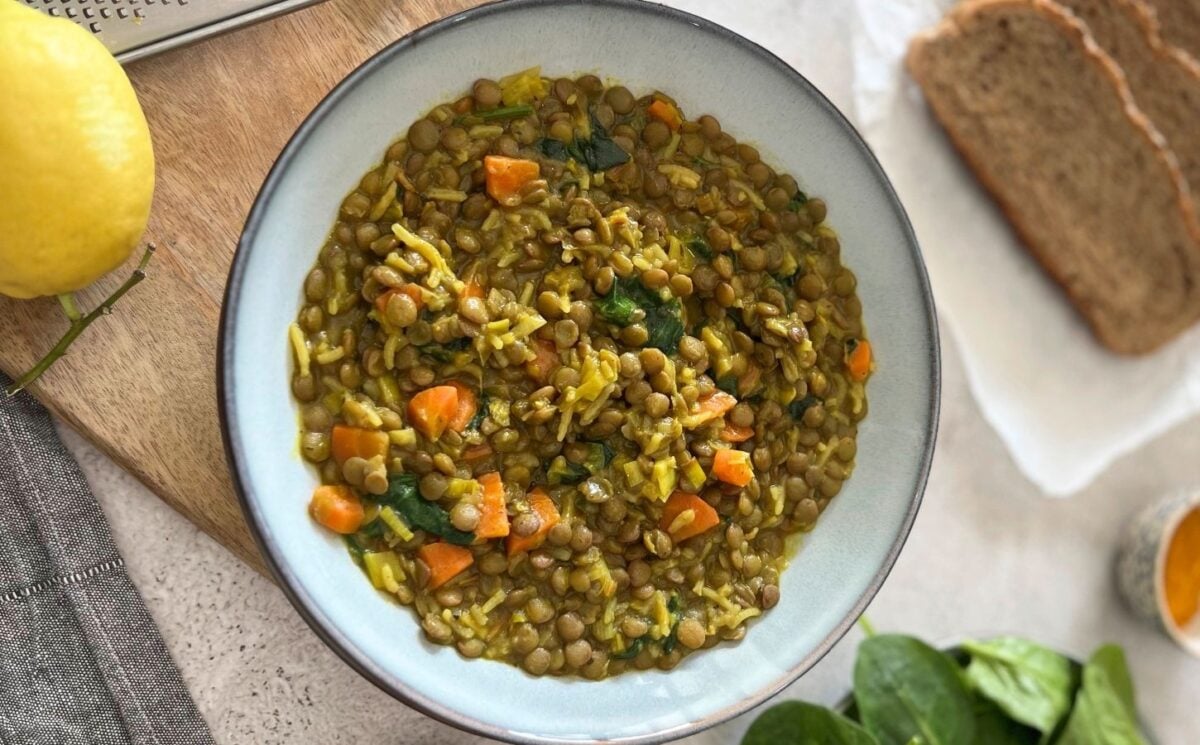
Another dhal-style recipe, these turmeric and ginger lentils from Natali Eleftheriou (owner of Natlicious Food) work with any variety of lentil, but for the chunky bite of the stew shown in the accompanying images, we recommend French green lentils. (A single cup of cooked green lentils provides around 30 percent of your RDA for iron.)
Vegan butter bean bourguignon
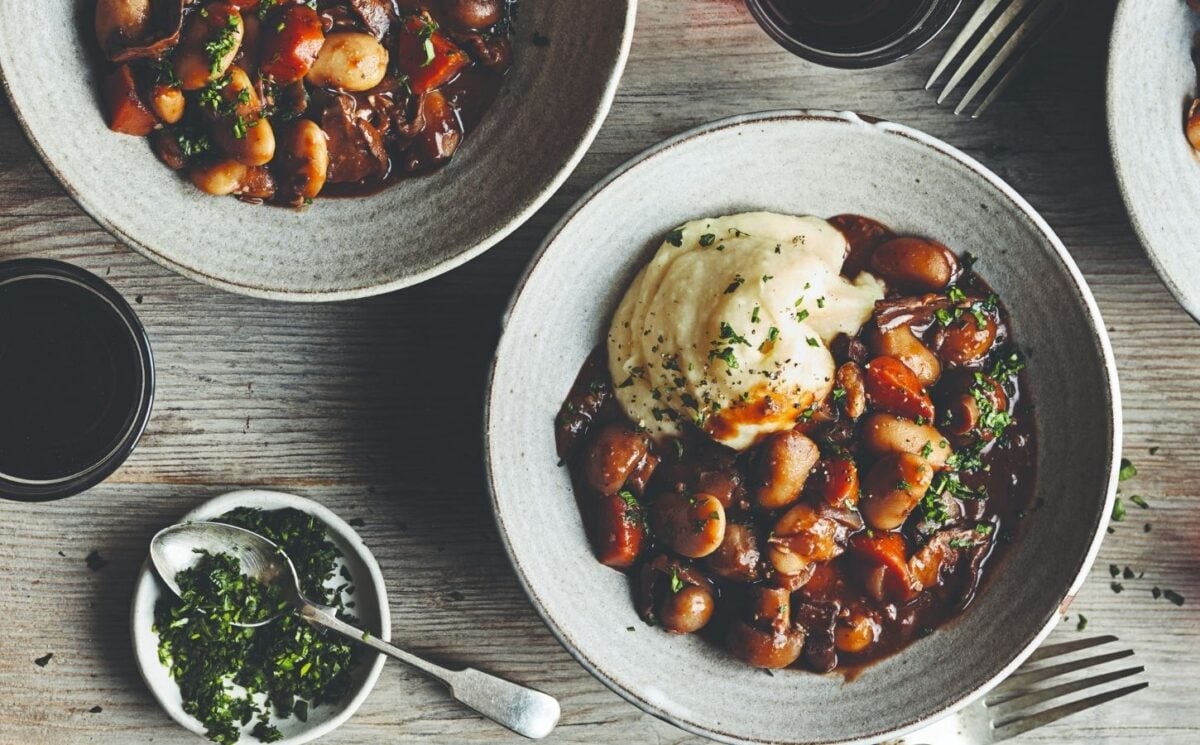
This recipe comes from Matt Pritchard’s new book, ‘Dirty Vegan: Fast and Easy.’ Pritchard suggests opting for canned beans if you’re short on time and dried beans if you want an extra meaty texture. (It’s also worth noting that dried beans are significantly more energy-dense, and contain more protein, fiber, potassium, magnesium, and iron.)
Butternut squash dhal
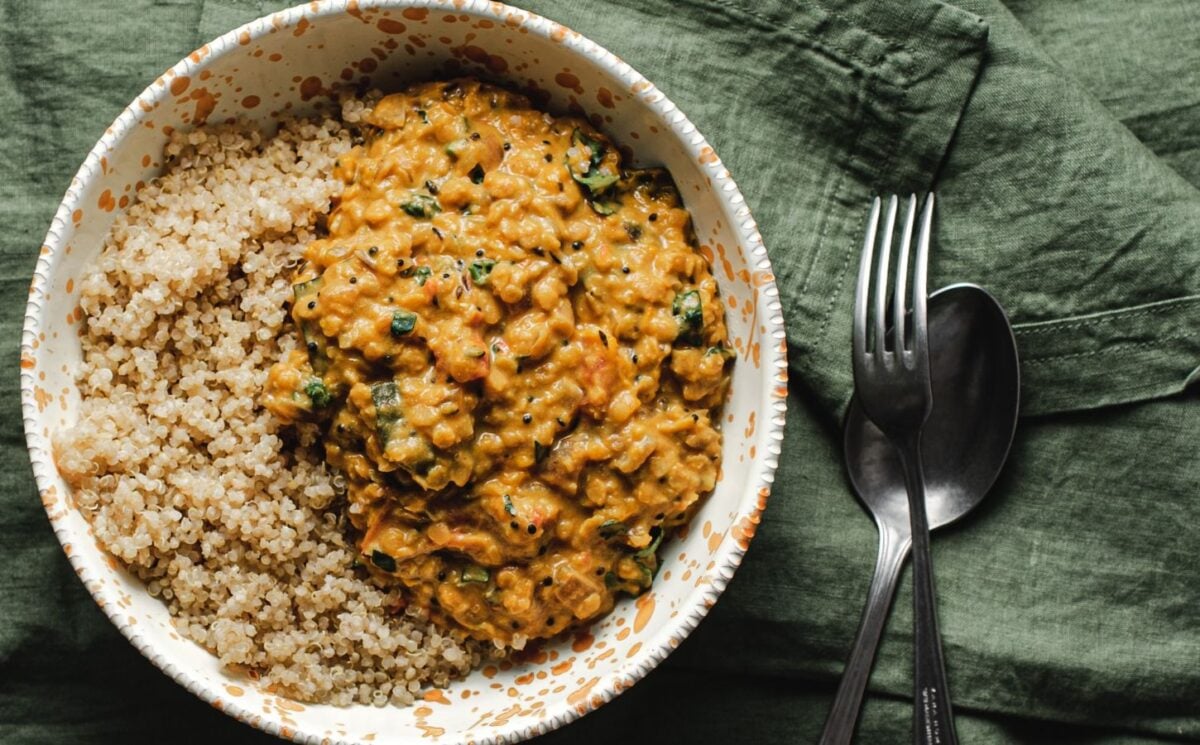
Rise Shine Cook owner Ashley Madden combines red lentils (high in iron) with butternut squash (high in vitamin C), cashew milk, and fragrant spices. It’s warming and wholesome and pairs well with a portion of quinoa in place of rice for additional iron.
Find the recipe here.
Easy pad Thai
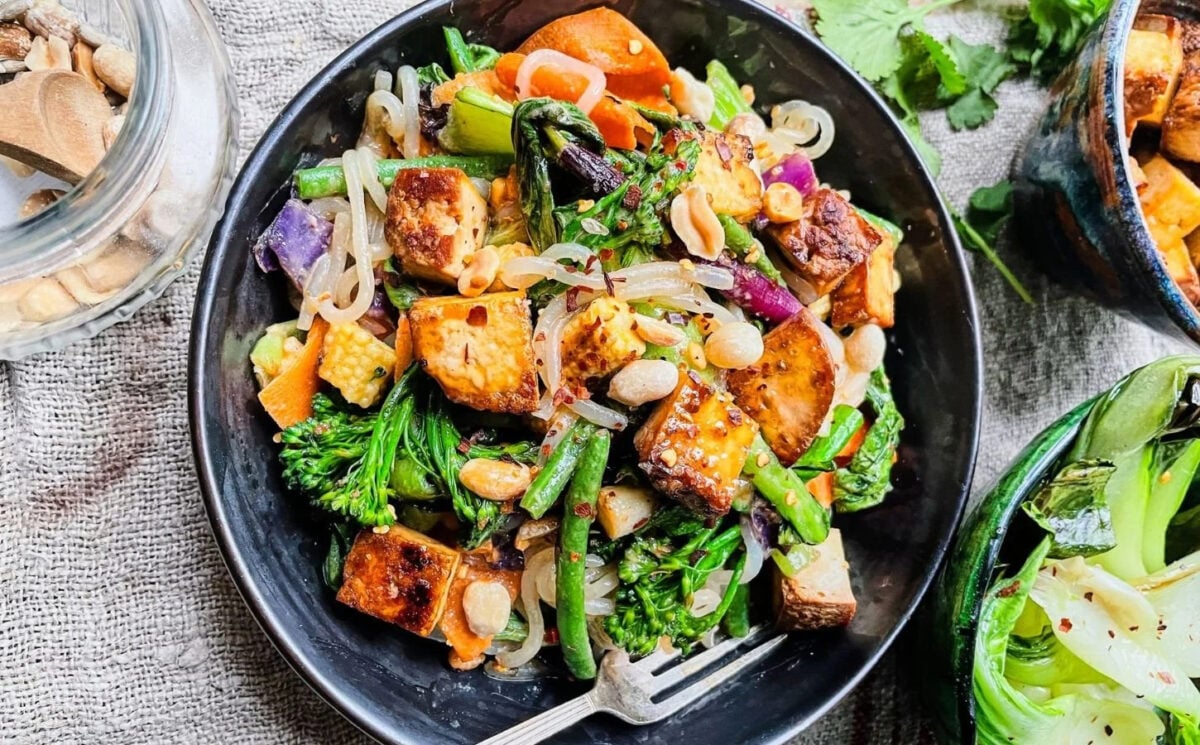
This easy pad Thai comes from Viva!’s Vegan Recipe Club and swaps in soy sauce or tamari in place of the traditional fish sauce. By combining tofu with peanuts, peanut butter, and a selection of fresh vegetables that also contain either iron or absorption-aiding vitamins like C and A, this 12-minute dish is a nutritional powerhouse.
Find the recipe here.
One-pot spaghetti ragu
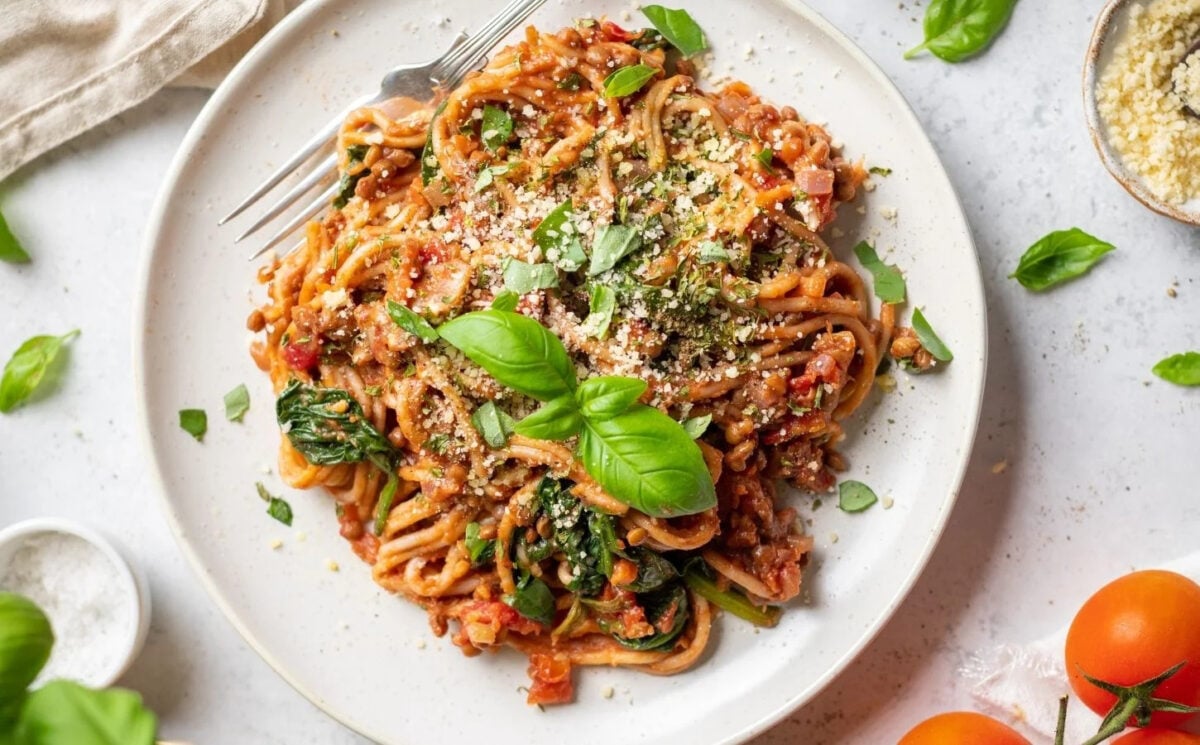
Another ideal weeknight recipe, this dish from Romy London combines lentils with spinach, carrot, and tomato for satisfying spaghetti ragu – all in under 30 minutes. Serve with a side of wilted greens cooked in garlic for some additional flavor (and some extra nutrients).
Find the recipe here.
Bean, kale, and lemon stew
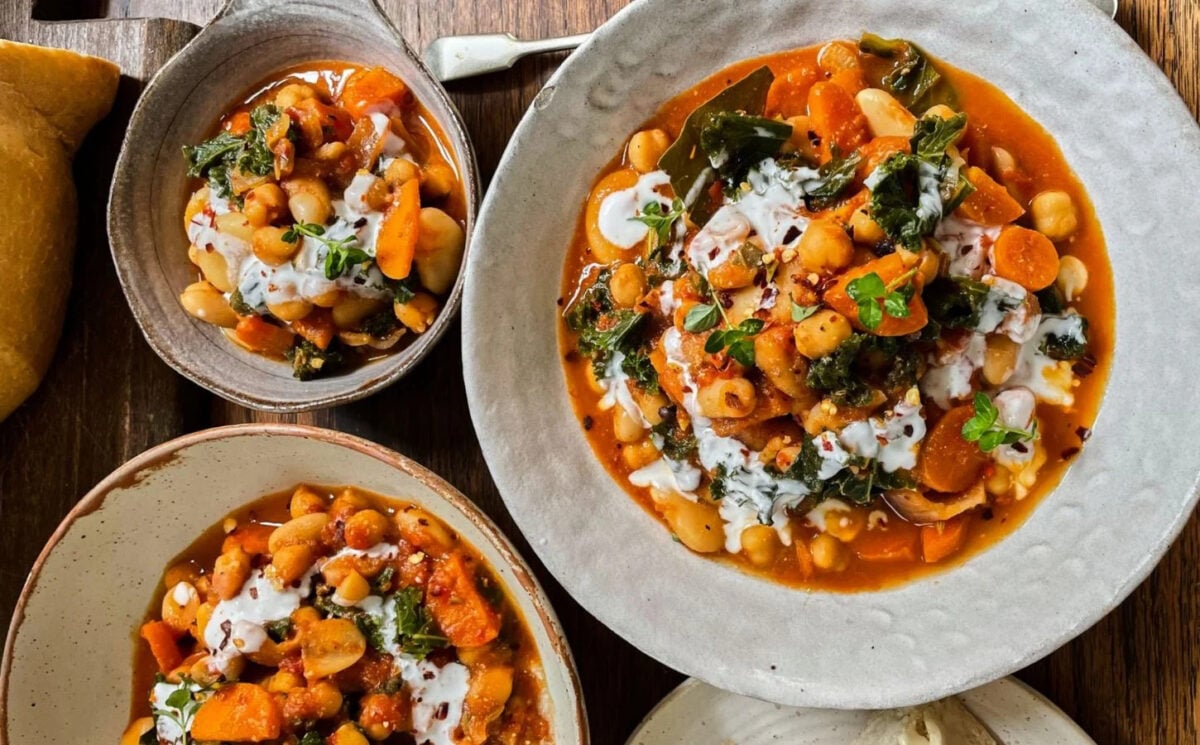
Viva!’s new cookbook ‘Everyone Can Cook Vegan’ includes this recipe for a bean, kale, and lemon stew. It’s jam-packed with protein, iron, and vitamins A, C, K, and more. You can also use butter beans, chickpeas, or cannellini beans, as preferred, to customize it.
Find the recipe here.
One-pot chili mac
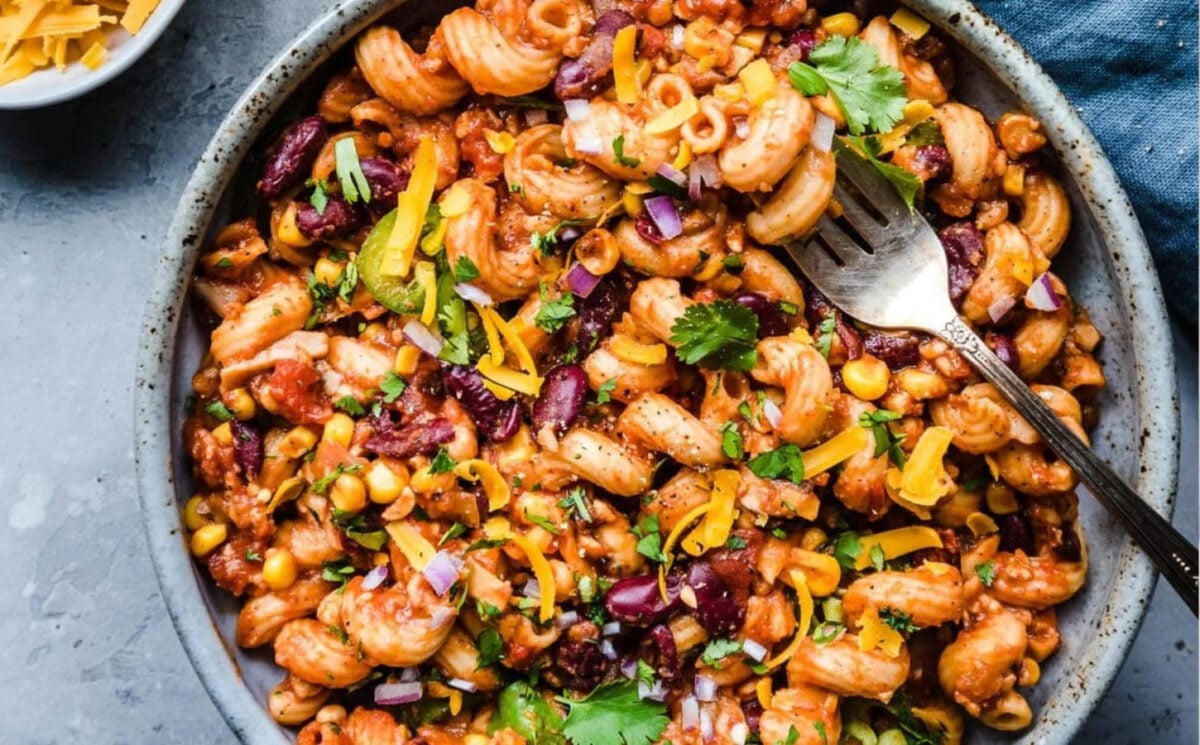
This unique recipe from Rainbow Plant Life combines a colorful mix of ingredients to make a singularly iron (and protein) packed dinner. Kidney beans are high in iron, with around 5.2mg per cup. Tempeh adds another source, and this dish is also packed with vegetables.
Find the recipe here.
Curried coconut quinoa
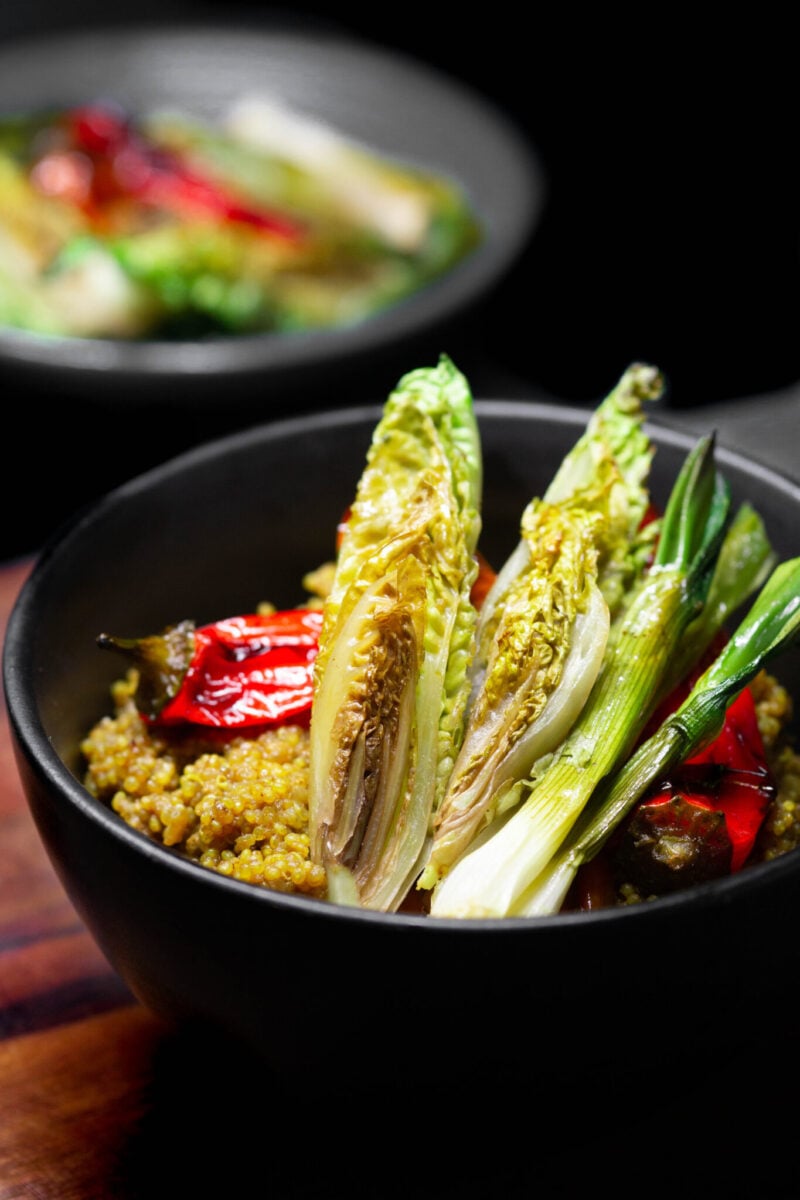
Combining quinoa with lemon juice and coconut milk turns this curried dish into another simple but iron-packed feast. The recipe, which was created by The Vegan Chef School, includes a simple cooking process and minimal ingredients – most of which you likely already have in your pantry. (Besides iron, quinoa also contains magnesium, potassium, fiber, and folate – also known as vitamin B-9 or folic acid.)
Find the recipe here.
10-minute scrambled tofu
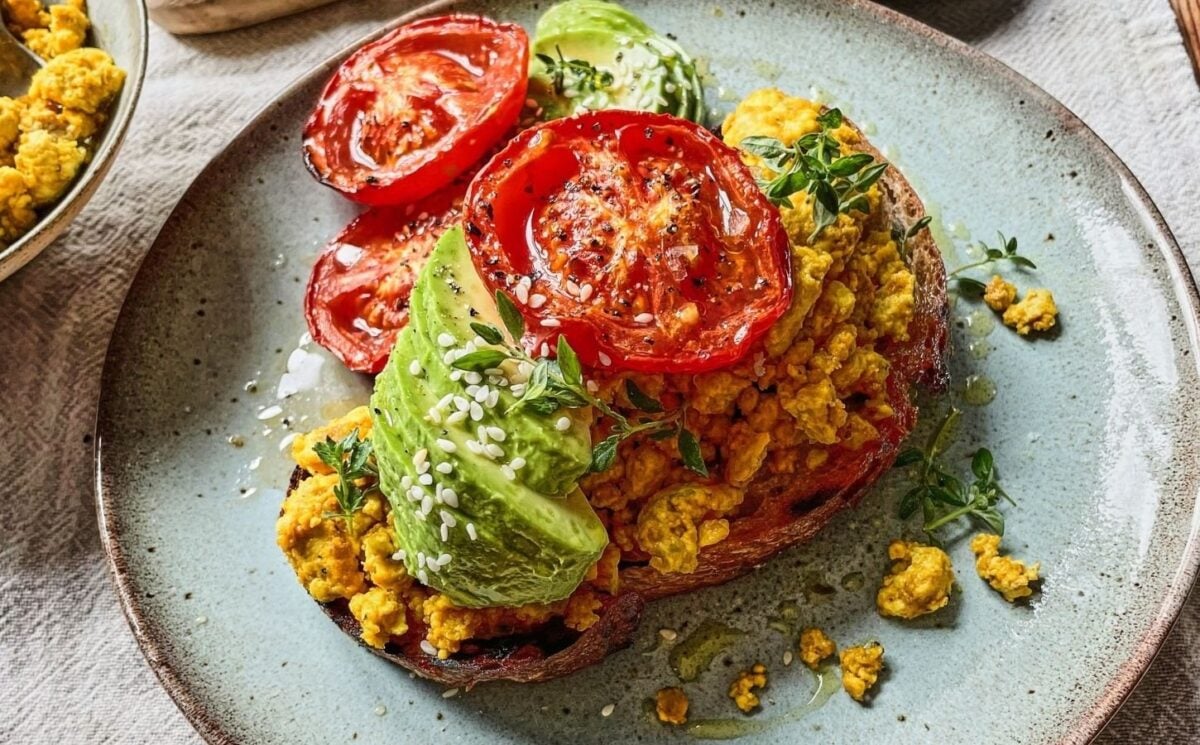
Another one from Viva!’s Vegan Recipe Club, this quick tofu scramble is simple and delicious. A 100g serving of tofu contains around 8.1g of protein, 282 mg of calcium, 130 mg of potassium, and 2 mg of iron – that’s approximately 11 percent of your RDA.
Find the recipe here.
Mediterranean one-pot with spongy tofu
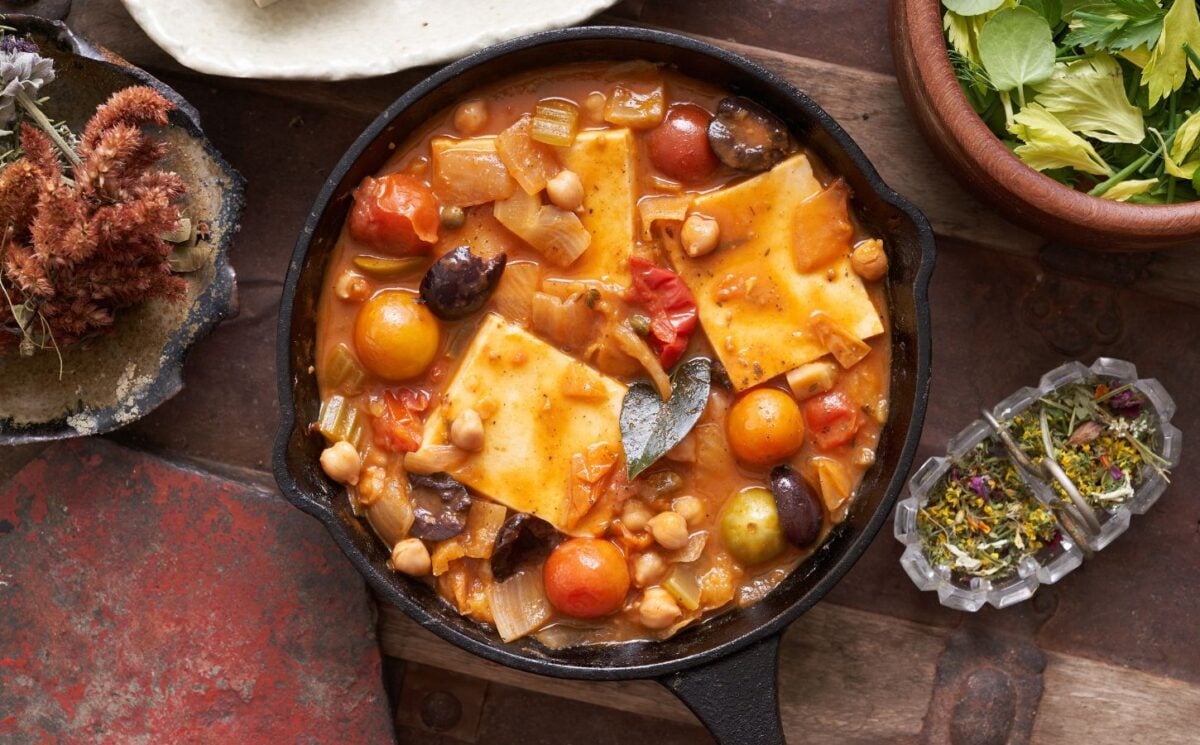
This one-pot dish from George Stiffman (aka Broken Cuisine) includes fermented tofu – which comes with a huge list of nutritional benefits in addition to its iron content – and fresh tomatoes. However, if you wanted to boost the iron even more, you could swap the fresh cherry tomatoes for the tinned variety, which includes 22 percent of the RDA per cup.
Find the recipe here.
BBQ tempeh and apple slaw sandwich
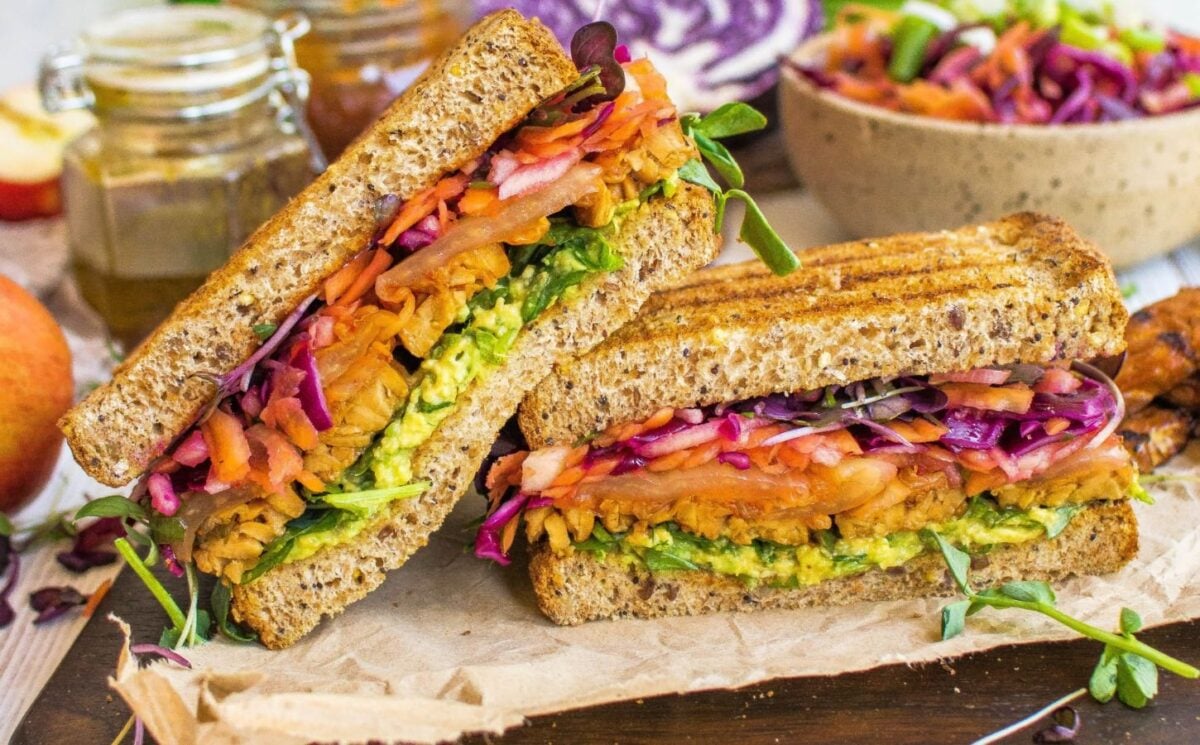
Happy Skin Kitchen created this fully stacked sandwich by combining BBQ tempeh with a fresh apple slaw made from heaps of fresh veggies. The author writes: “If you have the time I would highly recommend marinating the tempeh in advance to make it extra flavorsome.”
Find the recipe.
Baked potato with BBQ lentils
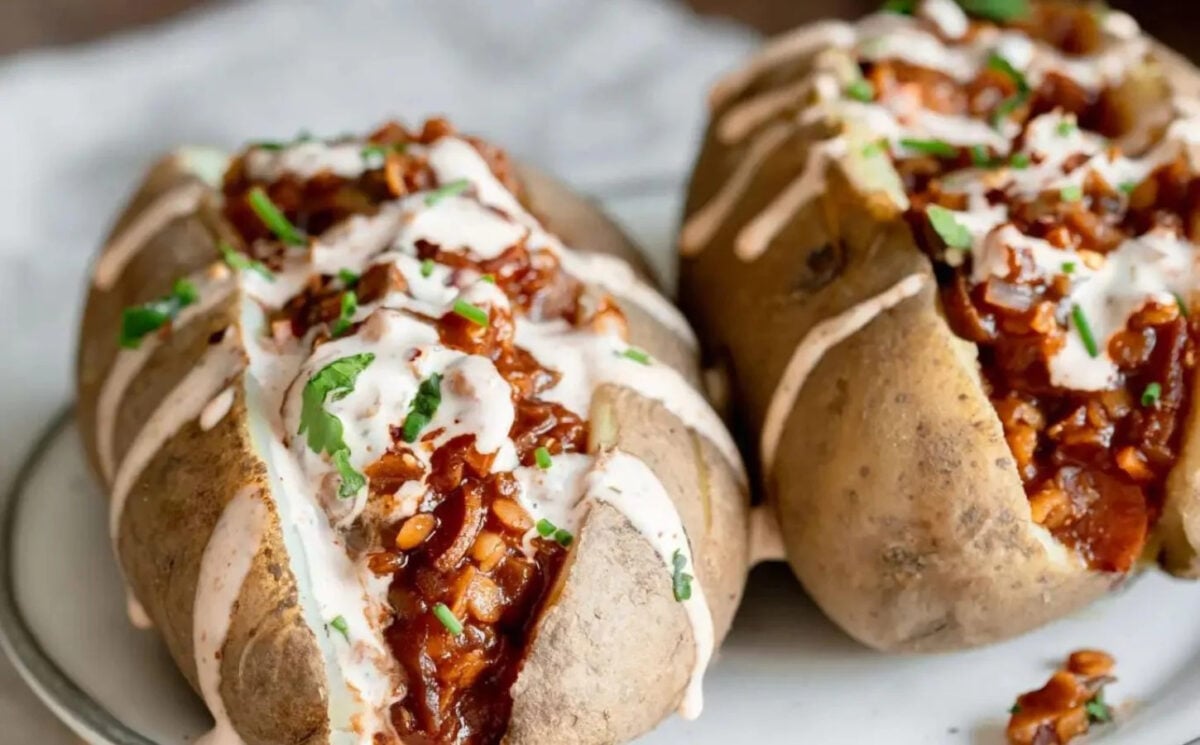
Vegan Richa combines the humble baked potato with rich BBQ lentils and zingy sriracha mayo for a quick and comforting meal. It includes iron-rich red lentils, along with carrots – a good source of beta carotene, which the body converts into vitamin A – and mushrooms for additional iron, potassium, and B vitamins. (In fact, even the so-called humble potato includes vitamin C, B6, magnesium, and potassium, particularly in the crispy baked skin.)
Find the recipe here.
Cajun pasta with panko-crusted tempeh
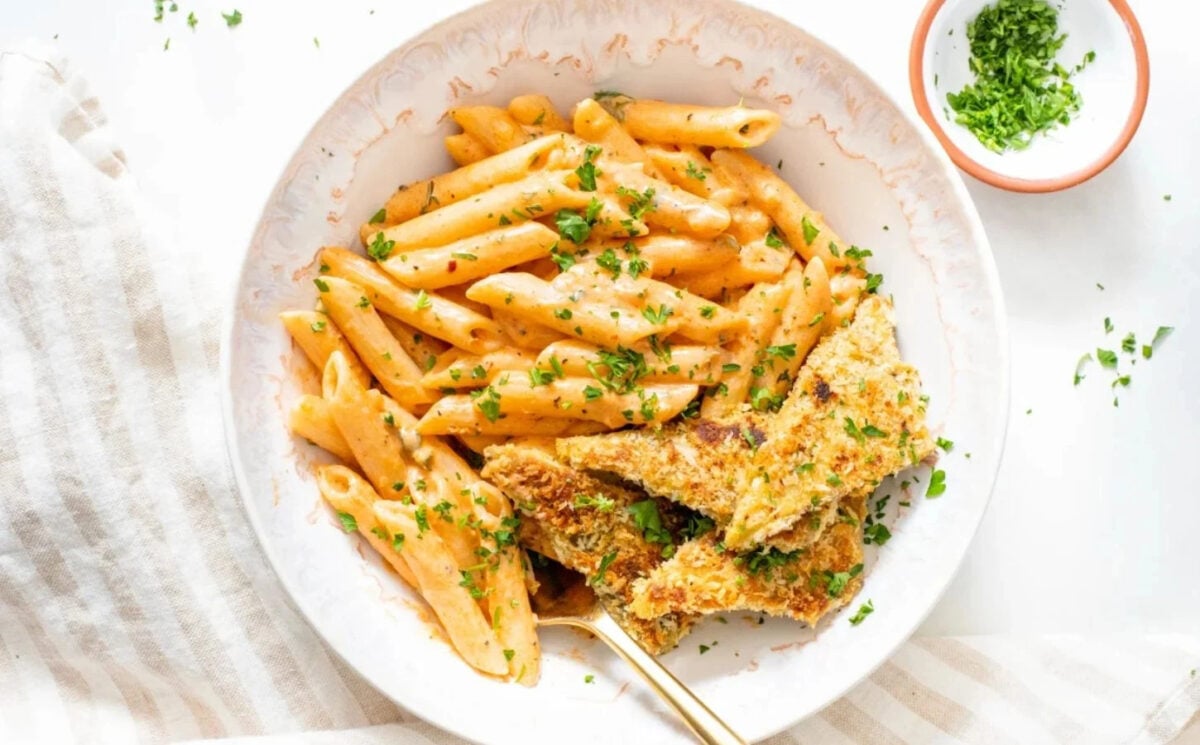
This Savory Vegan created this special Cajun-style pasta recipe. The decadent sauce includes plant-based broth, cheese, and milk for a thick, parmesan sauce-style texture. Meanwhile, the tempeh is marinated and finished with panko breadcrumbs for an extremely satisfying crunch. (Tempeh is particularly high in protein, calcium, and iron.)
Find the recipe here.
Colorful lentil salad
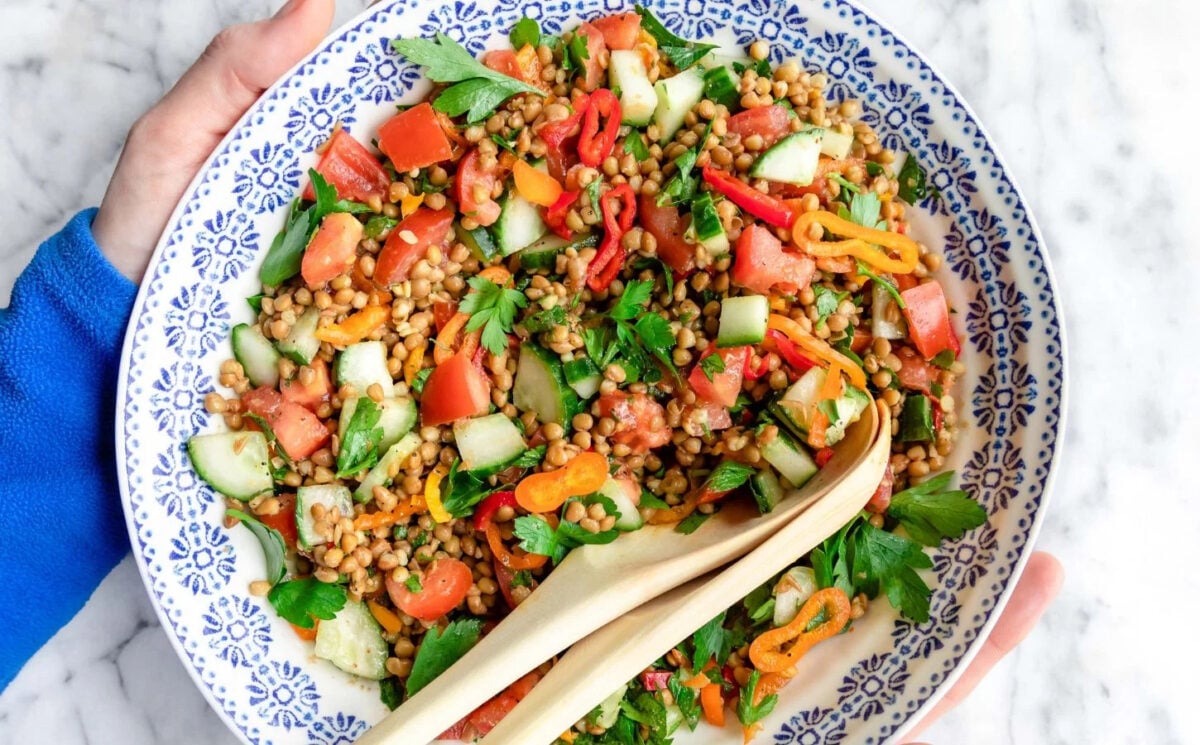
Deceptively simple but colorful, delicious, and nutritious, this recipe from The Garden Party combines canned lentils with sweet mini peppers, tomatoes, and cucumber.
Find the recipe here.
Mushroom bourguignon, white bean mash, and kale crisps
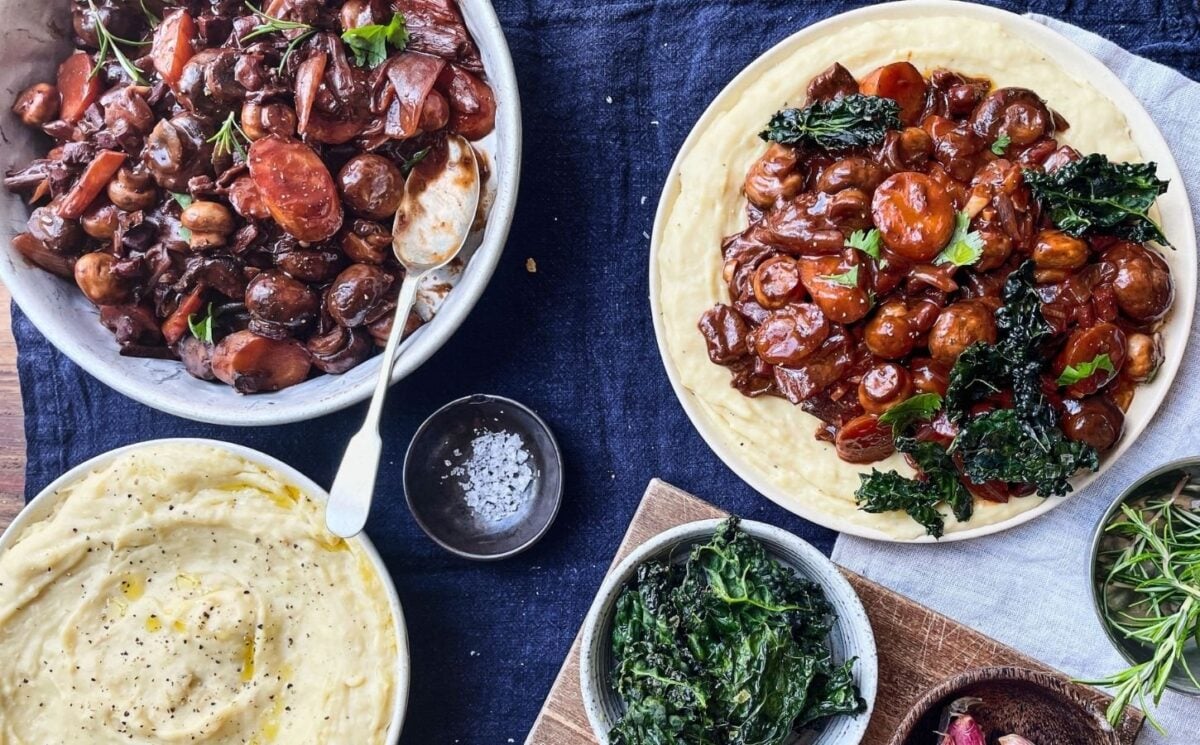
For this final dish, Viva!’s Vegan Recipe Club combines a whole bunch of the ingredients that include – or are important in the absorption of – iron, including porcini mushrooms, tomato, fortified flour, potatoes, soy milk, lemon, beans, and kale. Bon appétit.
Find the recipe here.
Lisa Marley will be appearing on season two of The World Can Cook, and will be the first ever plant-based chef on the show.
